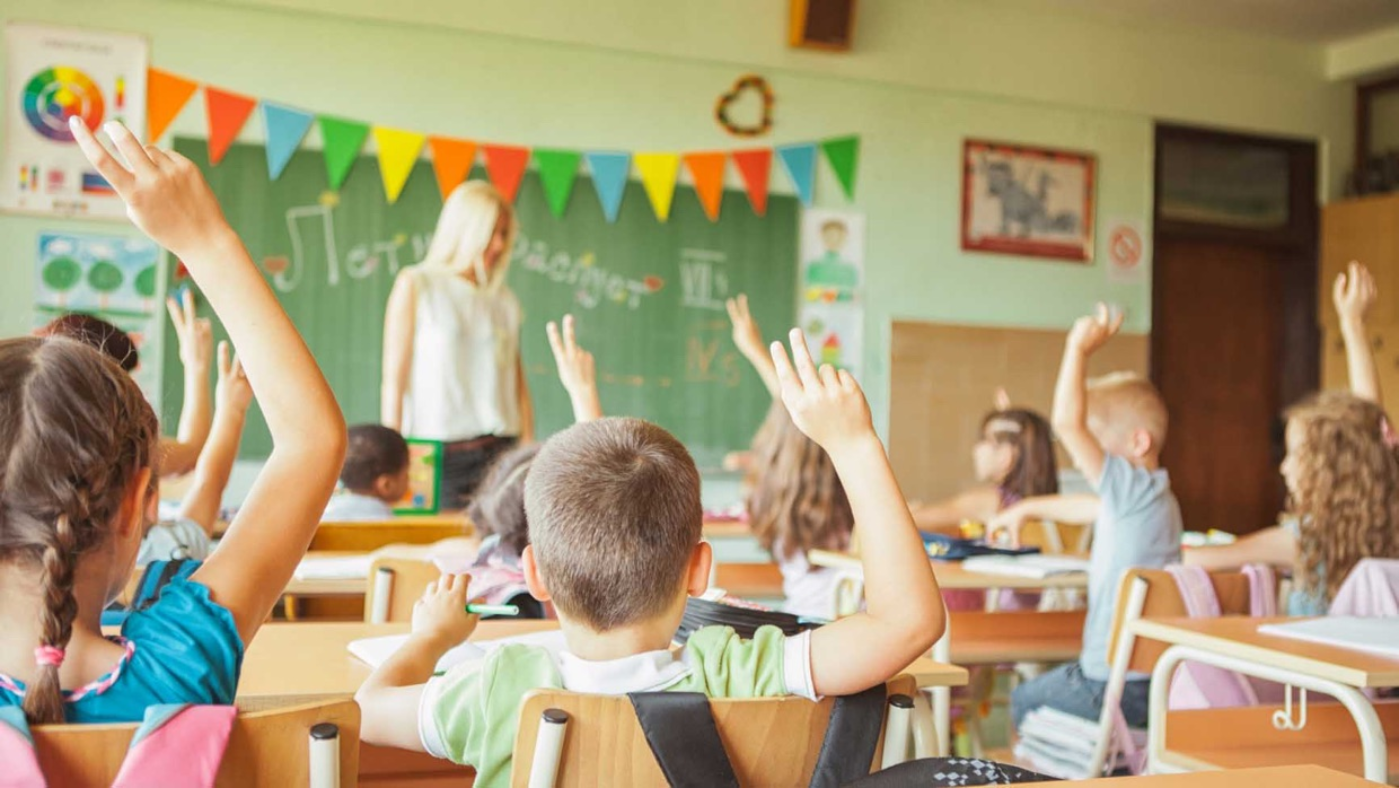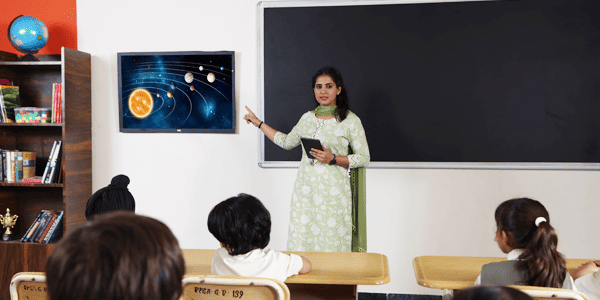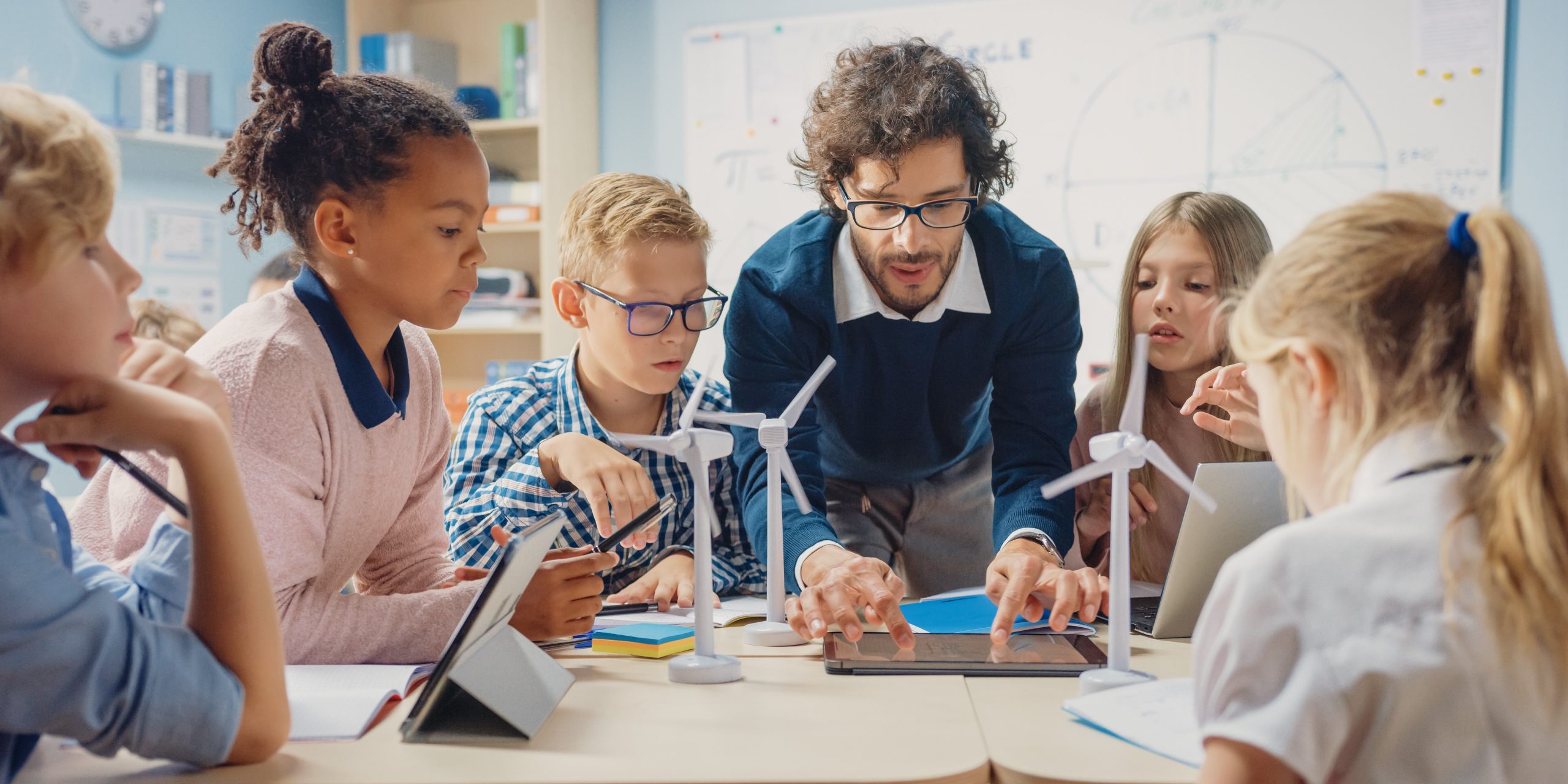Checking Out the Different Mentor Techniques in Key Scientific Research Education Today
The landscape of primary scientific research education and learning is progressing, with numerous teaching methods getting prestige in modern classrooms. Inquiry-based understanding, hands-on experiments, and the assimilation of modern technology are redefining how instructors involve young minds. Additionally, joint techniques and distinguished guideline are being utilized to accommodate the varied needs of trainees, boosting both involvement and understanding. As we examine these techniques, questions arise concerning their performance and the implications for future educational practices. What might these changes in technique mean for the next generation of students?
Inquiry-Based Discovering
Inquiry-Based Discovering (IBL) is an instructional method that urges trainees to check out scientific principles with doubting, examination, and hands-on testing. This method emphasizes the function of pupils as active participants in their knowing, advertising essential reasoning and analytical abilities. By engaging with real-world inquiries, trainees come to be determined and curious, which enhances their understanding of scientific principles.
In IBL, teachers work as facilitators, assisting students as they navigate their questions instead of providing info directly. This student-centered method enables for distinction, accommodating different discovering styles and paces. Students create abilities in creating theories, designing experiments, and assessing data, which are crucial for clinical proficiency.
Additionally, IBL promotes collaboration amongst students, encouraging them to share concepts and searchings for. This cumulative questions advertises social abilities and a feeling of neighborhood within the class. The process of questions urges resilience, as students learn to welcome failing as a stepping rock towards understanding.
Hands-On Experiments
Hands-on experiments are a crucial part of effective scientific research education, complementing the concepts of inquiry-based understanding. These experiments permit trainees to engage directly with clinical principles, cultivating a much deeper understanding via experiential knowing. By manipulating materials and observing outcomes, young learners can grasp abstract concepts in concrete methods.
Such activities advertise important thinking and problem-solving skills, as students hypothesize outcomes, conduct experiments, and evaluate results. This procedure motivates them to ask inquiries, fine-tune their understanding, and establish a clinical mindset. Moreover, hands-on experiments can be customized to varied discovering styles, ensuring that all students have the opportunity to involve meaningfully with the material.
In addition, hands-on experiments frequently motivate cooperation among peers, promoting team effort and interaction abilities. Functioning in groups allows trainees to share concepts, discuss findings, and pick up from each other, which boosts their general instructional experience.
Incorporating hands-on experiments into the main science curriculum not just improves the finding out setting but also grows a lifelong interest in science. By proactively taking part in their education, students are much more likely to establish an enthusiasm for clinical query that prolongs beyond the classroom.

Technology Integration
Integrating technology into main scientific research education and learning has actually become increasingly vital in cultivating trainee involvement and boosting discovering results. Making use of electronic tools, such as interactive simulations, virtual labs, and academic software application, supplies trainees with opportunities to explore scientific concepts in innovative ways. These resources assist in a deeper understanding of complicated topics by allowing learners to picture and adjust variables that would certainly be not practical in a typical classroom setting.
Additionally, innovation integration urges customized learning experiences. Pupils can advance at their own rate, reviewing difficult concepts with multimedia sources, which deal with various understanding styles. This flexibility not only sustains private development however also cultivates a feeling of autonomy in students.
Additionally, modern technology functions as a bridge to real-world scientific research, linking pupils with present study and professional contributions. Accessibility to scientific journals and on-line databases widens pupils' point of views on scientific query and promotes essential assuming skills.
Collaborative Knowing
Collaborative understanding plays an essential duty in key science education by promoting synergy and interaction abilities amongst pupils. This approach motivates learners to collaborate, share expertise, and take part in analytic, which enhances their understanding of clinical ideas. By participating in team tasks, students learn to verbalize their ideas, listen to diverse point of views, and bargain remedies, every one of which are vital skills in both real-world and academic contexts.

Research study indicates that joint understanding can cause enhanced motivation and engagement in scientific research topics, as trainees find satisfaction in shared experiences (primary science tuition Singapore). In addition, this technique prepares pupils for future collective undertakings, outfitting them with the abilities essential for reliable synergy in higher education and learning and professional atmospheres. Inevitably, embracing collective understanding in primary science education and learning can considerably improve the learning experience and promote a deeper understanding of scientific questions
Distinguished Instruction

Distinguished instruction can show up in look at here now different ways, such as varying the check this site out content, processes, or items of understanding. As an example, educators may utilize tiered jobs that supply differing degrees of intricacy, allowing trainees to operate at their corresponding preparedness degrees. Furthermore, flexible organizing approaches can assist in collaboration amongst trainees with different capacities, promoting peer discovering.
Assessment plays a vital role in this strategy, as it notifies instruction and aids teachers understand each trainee's distinct demands. Formative assessments, such as monitorings and quizzes, can direct educators in changing their strategies to improve learning end results. primary science tuition Singapore. Ultimately, by implementing differentiated direction in primary scientific research education and learning, educators can grow a more fair and effective understanding atmosphere, encouraging all students to reach their complete possibility in comprehending scientific phenomena
Verdict
In recap, the varied teaching strategies in main science education, consisting of inquiry-based discovering, hands-on experiments, modern technology assimilation, joint discovering, and distinguished instruction, jointly contribute to an extra efficient understanding environment. These methods promote essential thinking, problem-solving skills, and a deeper comprehension of scientific ideas. By carrying out these strategies, educators can create helpful and engaging classrooms that deal with the varied needs of students, ultimately fostering a lifelong interest in scientific research and boosting scholastic accomplishment.
Inquiry-Based Discovering (IBL) is an instructional method that encourages students to explore clinical principles with doubting, investigation, and hands-on experimentation.Collaborative understanding plays an essential function in main science education and learning by cultivating synergy and interaction skills amongst pupils.Study suggests that collaborative learning can Check Out Your URL lead to increased motivation and involvement in science subjects, as students discover pleasure in shared experiences.In cultivating a comprehensive learning atmosphere, distinguished instruction emerges as a crucial technique to suit the varied demands and abilities of students in key science education. Inevitably, by applying separated instruction in key scientific research education, educators can cultivate an extra reliable and equitable knowing setting, empowering all pupils to reach their full capacity in recognizing scientific sensations.